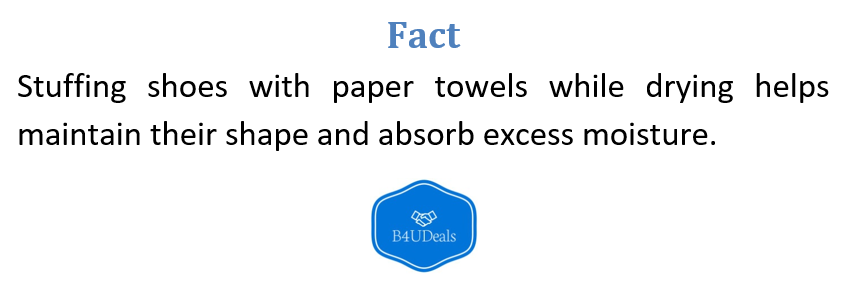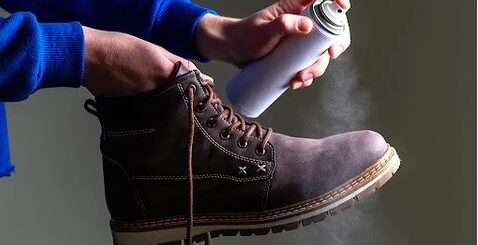A Practical Guide to Removing Mud from Shoes and Boots
Keeping your footwear clean is not just about aesthetics—it’s also essential for preserving its lifespan and performance. Whether you’ve taken a spontaneous hike through muddy trails or accidentally stepped into a puddle, prompt and proper cleaning can prevent long-term damage. This comprehensive guide explains how to thoroughly clean muddy shoes and boots in a safe, effective, and practical way using simple tools and ingredients found in most households.
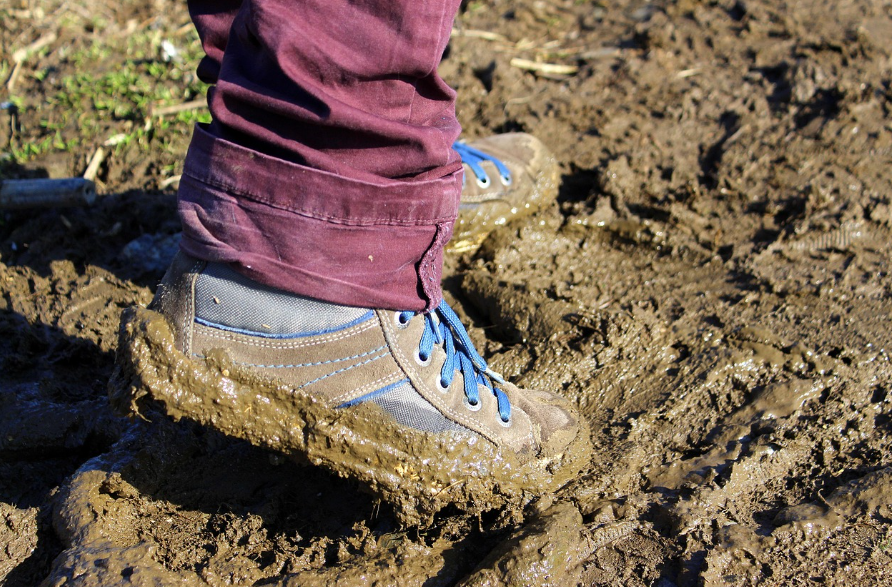
Preparing to Clean Mud-Covered Shoes
Before cleaning begins, make sure the mud is fully dry. Trying to clean wet mud often results in smearing and spreading the dirt deeper into the material. Allow your shoes to air-dry completely in a well-ventilated space, away from direct heat sources, which can degrade the materials.
Once the shoes are dry, take them outside or work over an old towel or newspaper to prevent making a mess indoors.
Removing Surface Debris
Start by knocking the soles together to dislodge caked-on dirt. Then, using a soft-bristled brush (such as a toothbrush or shoe brush), gently scrub the exterior to eliminate the remaining dry debris. Focus more pressure on the soles while treating the uppers with care, especially if they are made from delicate materials like mesh or knit.
Treating Ground-In Dirt
Some grime can cling stubbornly, especially in textured treads. Make a simple cleaning paste by mixing baking soda with a small amount of water. Apply this gritty paste to the soles using your brush, working it into the nooks and crannies with steady, circular motions. For intricate tread patterns, a cotton swab or wooden skewer can help access tight spots.
Washing the Shoe Uppers
Different materials require different approaches. For synthetic or fabric uppers, mix a small amount of mild laundry detergent with warm water. Dip a clean cloth into the solution and gently rub the surface of the shoe, being careful not to oversaturate it. For mesh or breathable materials, excess water can compromise the structure or cause unwanted smells, so wring out the cloth before use.
For leather shoes, avoid soaking them. Instead, mix equal parts white vinegar and water, and use a soft cloth dipped in this solution to blot dirty areas. Follow up with another cloth dampened with clean water to remove residue.
If your shoes are made of suede, let them dry completely first. Use a suede brush to gently lift away dirt. A soft cloth dipped lightly in vinegar or rubbing alcohol can help remove remaining marks without saturating the material.
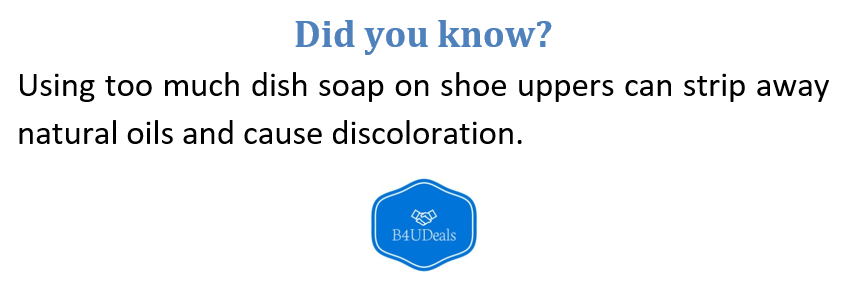
Cleaning Laces Separately
Remove the shoelaces before cleaning the main body of the shoe. For most lace types, you can hand wash them using your soapy solution. Rub the laces together or massage them with your hands to loosen the grime, then rinse and blot with a dry towel.
For a more hands-free option, place the laces in a mesh laundry bag and run them through the washing machine on a cold setting. This will prevent tangling and minimize wear. Avoid high heat when drying, as plastic aglets can melt or deform.
Leather laces should never be machine washed. Instead, gently clean them with a damp cloth and allow them to air-dry.
Washing the Insoles
Insoles absorb sweat, bacteria, and odor over time, especially when shoes get wet and muddy. If removable, take them out and scrub with the same detergent solution used for the uppers. Use a brush to remove grime, then rinse thoroughly with clean water. Set the insoles aside in a dry place to air-dry fully before reinserting them.
Avoid drying insoles with direct heat or sunlight, as this may cause them to warp or degrade.
Drying the Footwear
After cleaning all components—shoes, laces, and insoles—lay them out separately in a well-ventilated room. Do not reassemble the shoe until each part is completely dry, which can take several hours or even overnight. Stuffing the shoes with paper towels can help absorb moisture from the interior and maintain their shape.
Never place shoes directly in a dryer or near a heater, as intense heat may cause shrinkage or material breakdown.
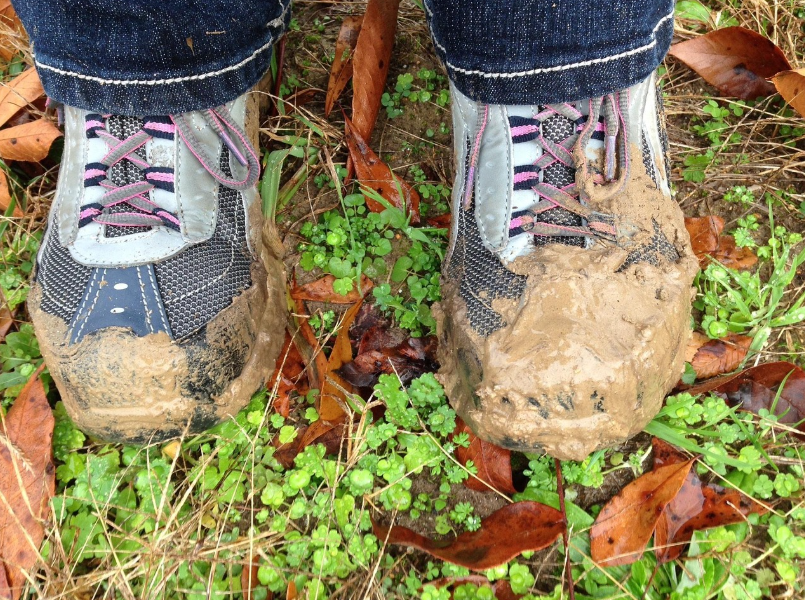
Final Steps for Leather Footwear
Once leather boots are dry and clean, they benefit from an added layer of care. Apply a leather conditioner to maintain the suppleness of the material and to prevent cracking. This also helps improve water resistance. For those venturing out again soon, a waterproofing spray made for leather or suede adds another protective layer that makes cleaning easier in the future.
Always ensure the product you use is compatible with the shoe’s material and follow the instructions for best results.
Long-Term Footwear Care Tips
To reduce future buildup and extend the life of your shoes or boots, consider these additional care practices:
- Clean shoes promptly after exposure to mud to prevent stains from setting in.
- Rotate footwear to allow each pair time to dry completely between uses.
- Use waterproofing treatments seasonally if your footwear is frequently exposed to wet conditions.
- Store shoes in a dry, cool environment, away from direct sunlight or damp storage areas, to avoid mold growth or material warping.
Cleaning muddy shoes may seem like a chore, but it’s a manageable process that pays off by maintaining comfort, performance, and appearance. Whether you’re dealing with trail runners, casual sneakers, or rugged boots, investing a little time in post-adventure care ensures that your footwear continues to serve you well on many future journeys.
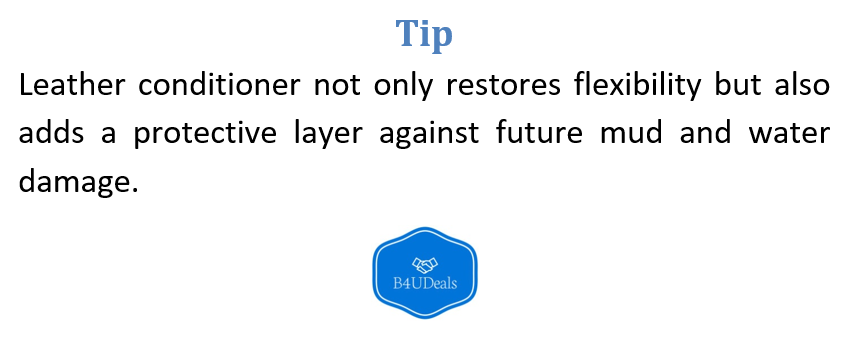
FAQs on Cleaning Muddy Shoes
What Should I Do Before Cleaning Muddy Shoes?
Allow the mud to dry completely before attempting to clean. Dry mud is easier to remove without spreading stains.
How Can I Remove Stubborn Dirt From Soles?
Use a paste made of baking soda and water, and scrub with a brush to dislodge dirt trapped in treads.
What’s the Best Way to Clean the Uppers of Shoes?
For fabric or mesh, use a mild detergent solution. For leather or suede, spot-clean with diluted vinegar or rubbing alcohol.
Can I Wash Shoelaces in a Washing Machine?
Yes, if they’re fabric. Place them in a mesh bag and wash on a cold cycle. Avoid washing leather laces this way.
How Do I Clean and Dry Insoles?
Remove and scrub with soap solution, rinse thoroughly, and let air-dry separately before placing them back in the shoes.
What’s the Best Method to Dry Cleaned Shoes?
Separate all parts and air-dry in a well-ventilated space. Avoid direct heat sources or sunlight to prevent damage.
